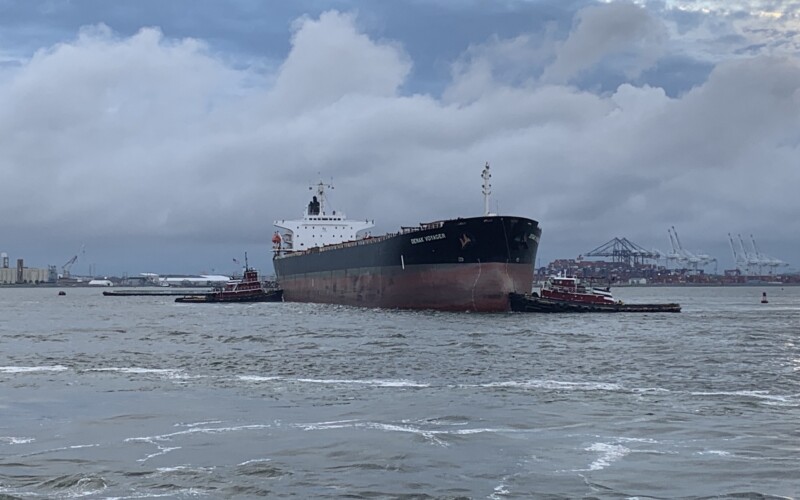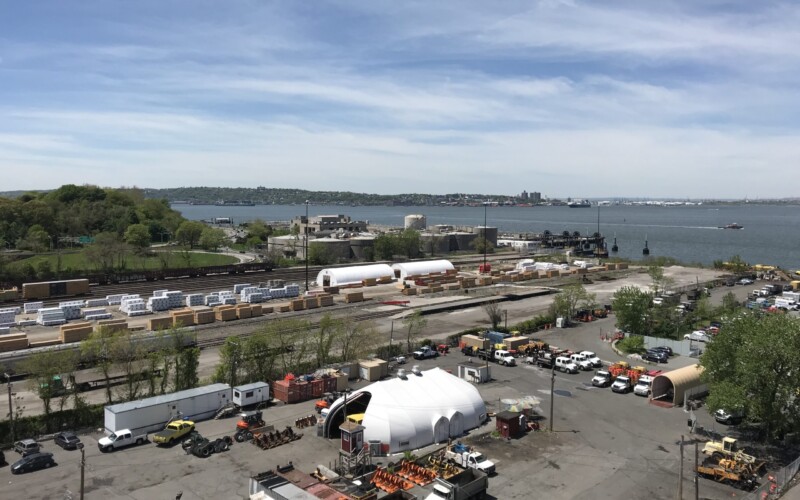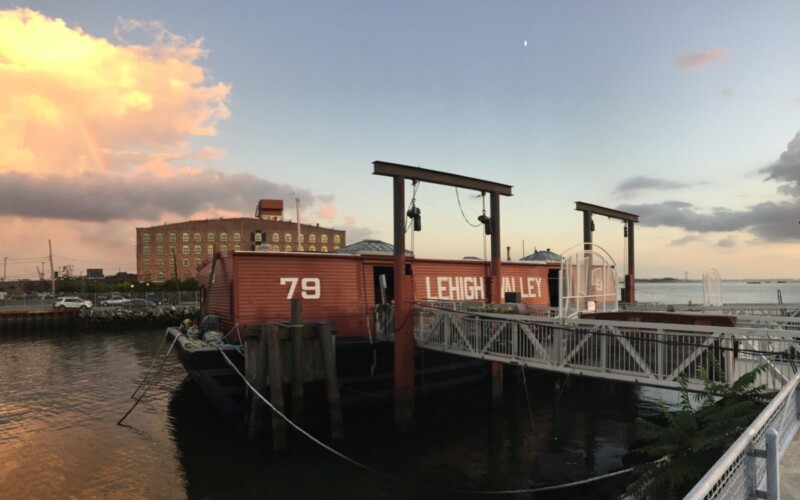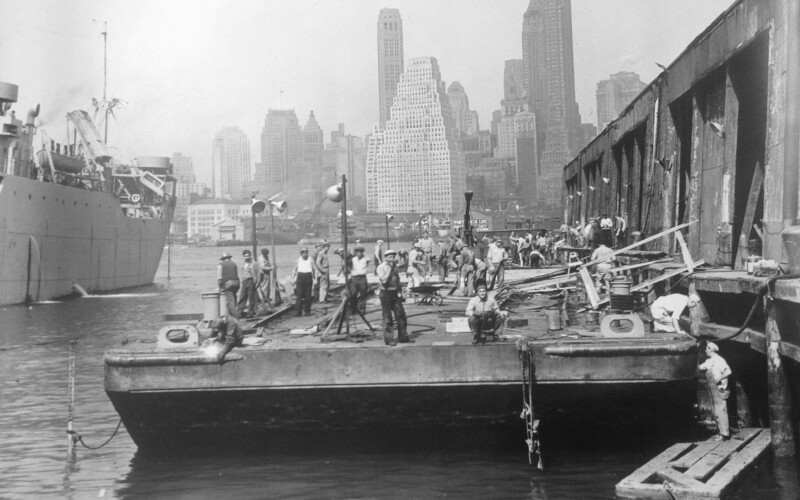We have experience hosting a range of audiences, from college classes to birthday parties to company outings, and we customize our tours to meet your group’s interests and needs.
Book a private tour today
While the Staten Island Ferry is the oldest continuously operating ferry line in New York City, the NYC Ferry to the island is the newest. Ride with us from the …
Read more

With the recent release of a feasibility study by the MTA on the “Interborough Express,” a little-known stretch of train tracks is suddenly in the news. The Bay Ridge Branch is a …
Read more

The Lehigh Valley No. 79 covered barge shuttled cargo around New York Harbor from 1914 until sometime around the mid-1970s. David Sharps rescued this wooden barge in 1985, digging it …
Read more

Operation Neptune, the seaborne component of the Normandy invasion, required nearly 6,500 vessels to deliver the vast Allied armies and their supplies and equipment onto the continental beaches. This didn’t …
Read more
